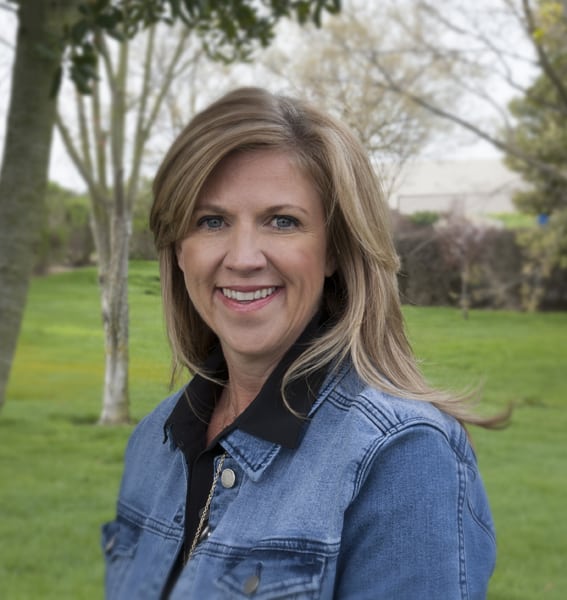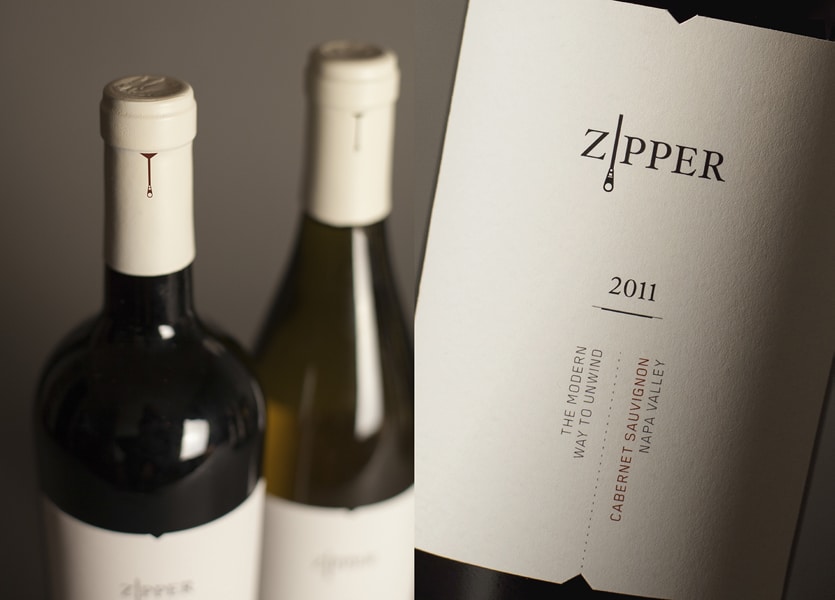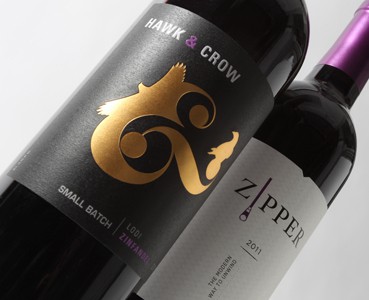The relationship between art and “real” life fascinated the world long before Oscar Wilde famously weighed in on the subject. At the Academy of Art University, education is guided by a real-world approach to preparing students for their careers in the arts. The partnership between Trinchero Family Estates and the School of Graphic Design is a case study, providing professional design experience for students and marketplace impact for a world-famous winery.

It Begins With a Client
Like most branding projects, the effort originated with a client: Trinchero Family Estates, a client of Michael Osborne Design in San Francisco. Trinchero Family Estates is among the nation’s most prominent producers of wines and spirits, and Michael Osborne is the principal of his eponymous design studio in San Francisco, responsible for a number of Trinchero’s packaging designs.
Osborne is also an instructor in the School of Graphic Design at the Academy. When Osborne’s contacts at Trinchero, Marketing Vice President Wendy Nyberg and Marketing Services and Strategy Vice President James Nunes, brought up the idea of a collaboration, Osborne suggested instructor Tom McNulty’s Package Design 3 class as an ideal setting that could yield valuable experience for the students…and useful design concepts for Trinchero.
Success From the Start
The project kicked off with a presentation by Nyberg and the Trinchero team, covering the objectives of the assignment, marketplace demographics and some “cleared” names to be used in the assignment.
Students worked under a nondisclosure agreement with Trinchero to protect the client’s intellectual property. As the students progressed, interim meetings with the Trinchero team helped the students refine their designs. And at semester’s end, they presented their brand directions to Nyberg, Nunes and the instructors.
“The students simply wowed the client,” recalls Tom McNulty, who in addition to teaching Package Design 3 is also associate director for the School of Graphic Design.
Out of the 45 designs presented, two brands were selected to move to the next step—and eventually to the real-world marketplace, where they proved popular: Hawk & Crow, by Robert Guy (BFA 2013), and Zipper, by Amanda Smith (BFA 2013).
We asked Nyberg about Trinchero Family Estates’ reasons for collaborating, and the process of working with the students.
Why are you working with Academy students?
Nyberg: In our industry and the category of wine in general, there’s been a shift in who is consuming wine. It’s become a millennial audience; this age group will be the new wine consumers.
If you go back 20 years, young people were drinking wine coolers and blended drinks. Now, younger people are drinking wine. In designing a package that appeals to these new wine consumers, we thought nothing could be better than to find out from design students what would motivate them—through their eyes, you might say.
So first, maybe great packages could come out of the process. Second, it would be a good opportunity for us as a company to learn what moves the younger audience.
I’ve been amazed by the quality of work the students are doing. The speed they work at is impressive, too.

What’s your process for collaborating with the students, and to what extent do you refine their designs?
We take their concepts and first look for inspiration. A whole label may not make the cut, but there are lot of interesting ways in which each student translates ideas.
In some cases, we begin with labels the students create, and we may tweak some things—there are standards and legalities—but our adjustments are usually minimal. And as you know, there have been instances when we’ve taken a label concept and sent it out to the marketplace.
How long does the process take?
It varies but can take up to two years. We do a lot of labels on an account basis—say, a special label for a retailer—and when we present clients with a group of concepts, one of the labels may be a student’s work. If a client is interested in a concept, it takes time to get the final product to the consumer because of all the details involved in the process.
It typically takes about six months to get a concept onto a bottle, and it could be could be a year and a half before a final design goes into the marketplace. Also, I’m constantly going back to the student designs and examining them, because there could be a project or a wine that a certain design would fit for something we might not have been looking for six months ago.

Ideal Relationship, Ideal Goals
McNulty says that since the initial phase was successfully completed, the Academy has completed several more graphic design projects with Trinchero.
“Each time we finish a project, the marketing team is amazed with the talent, professionalism and cultural diversity our students bring to the creative process,” he says. “This is truly what I call ‘an ideal relationship with ideal goals.’”
Such real-world collaborations between the Academy and companies, community organizations, filmmakers and others continue to provide growth experiences for students in all disciplines at the university. In this case, it’s not a one-way street, says McNulty. For example, Trinchero Family Estates scholarships are awarded at Graphic Design’s Spring and Winter Shows, helping students continue their education…and guiding them toward jobs.
“From a strategic perspective for the school, this approach is invaluable,” says McNulty. “Students learn real-world design for the wine sector, how to work with marketers and understand professional design briefs, and techniques for incorporating client inputs. And now we’re also seeing that Trinchero Family Estates has benefited with successful label designs for their products.”


